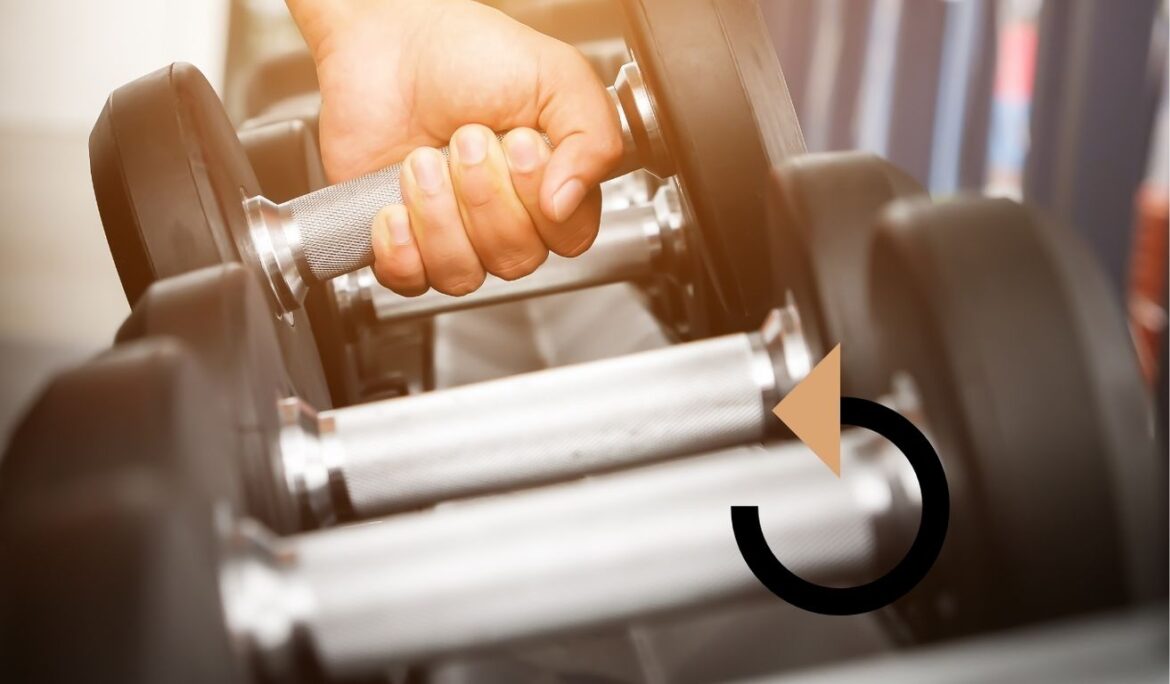Restarting your gym workout after a break can be a challenging yet rewarding endeavor. Whether your hiatus was due to injury, illness, or simply life’s demands, getting back into a fitness routine requires a strategic and mindful approach. This comprehensive guide will help you navigate the process of returning to the gym, offering practical tips and insights to ensure a safe and effective transition. From reconnecting with your motivation to setting realistic goals and incorporating variety into your workouts, we’ll cover all the essential steps to help you regain your fitness and build a sustainable exercise routine. Let’s get started on your journey back to health and strength!
Restarting Your Gym Workout After a Break: A Comprehensive Guide
Understanding the Impact of a Break
It’s crucial to understand that taking an extended break from the gym doesn’t equate to losing all your fitness gains. Muscle memory plays a vital role in maintaining strength, allowing many individuals to retain their muscle mass for up to four weeks of inactivity. However, beyond this period, you might observe a gradual decline in both strength and muscle mass, particularly if you haven’t engaged in any physical activity. This decline is influenced by various factors, including the duration and reason for your break. While short breaks have minimal impact, prolonged inactivity, especially without any form of exercise, can lead to noticeable reductions in your fitness levels. Therefore, when restarting your gym routine, it’s important to ease back into it gradually to rebuild strength and avoid injury.
Steps to Restart Your Workout Routine

Reconnect With Your Motivation
Before you dive back into your workouts, take some time to reflect on why you want to exercise. Reconnecting with your motivation can help you stay committed even on tough days. Ask yourself:
- What are my fitness goals?
- What benefits do I hope to gain from exercising?
- How will I feel once I achieve these goals?
Having a clear understanding of your “why” can provide a strong foundation for your return to the gym.
Start Small and Progress Gradually
When resuming workouts, it’s crucial to start small. Your body needs time to readjust to physical activity, so begin with low-intensity exercises and short durations. A good rule of thumb is to start with half the intensity and duration of your previous workouts and gradually increase by about 10% each week.
For example, if you were running for 60 minutes before your break, begin with 30 minutes of walking or light jogging. Focus on rebuilding your endurance and strength progressively to avoid injury and frustration.
Prioritize Proper Form
After a break, it’s an excellent opportunity to focus on perfecting your exercise form. Proper form is key to preventing injuries and maximizing the benefits of your workouts. Take the time to relearn the basics and ensure that each movement is performed correctly. This might mean reducing weights and slowing down your repetitions, but it will pay off in the long run.
Incorporate a Variety of Exercises
A well-rounded fitness routine includes both cardiovascular exercises and strength training. Mixing up your workouts can keep them interesting and target different muscle groups. Consider incorporating:
- Cardio: Running, cycling, swimming, or brisk walking.
- Strength Training: Weight lifting, bodyweight exercises, resistance bands.
- Flexibility and Mobility: Yoga, Pilates, stretching routines.
Stretch and Recover

Flexibility and recovery are essential components of a balanced workout routine. Stretching before and after workouts helps improve your range of motion and reduces the risk of injury. Additionally, incorporating rest days into your schedule allows your muscles to repair and grow stronger.
Invest in New Gear
Sometimes, new workout gear can provide the motivation you need to get back into your routine. Whether it’s a new pair of running shoes, workout clothes, or a fitness tracker, investing in your fitness can make the experience more enjoyable and help you stay committed.
Build a Support System
Exercising with a friend or joining a fitness class can provide the social support and motivation needed to stick with your workouts. A workout buddy can help hold you accountable and make the process more enjoyable. Additionally, consider working with a personal trainer, even if just for a few sessions, to get personalized guidance and support.
Set Realistic Goals
Setting realistic and achievable goals is essential when restarting your fitness journey. Break your larger goals into smaller, manageable milestones that you can track and celebrate along the way. This approach helps maintain motivation and provides a clear path to your ultimate objectives.
Tips for Maintaining Consistency
Consistency is key to long-term success in fitness. Here are some strategies to help you stay on track:
- Schedule Your Workouts: Treat your workouts like important appointments. Schedule them in your calendar to ensure they become a regular part of your routine.
- Keep It Enjoyable: Choose activities you enjoy. If you dread your workouts, you’re less likely to stick with them. Find exercises that make you feel good and excited to participate.
- Track Your Progress: Use a fitness tracker or journal to monitor your progress. Seeing improvements over time can boost your motivation and provide a sense of accomplishment.
- Stay Flexible: Life happens, and sometimes you’ll need to adjust your workout plan. Don’t be too hard on yourself if you miss a session. Simply get back on track as soon as possible.

Conclusion
Restarting your workout routine after a break doesn’t have to be overwhelming. By understanding the impact of your hiatus, reconnecting with your motivation, and following a gradual and well-rounded approach, you can ease back into fitness safely and effectively. Remember to prioritize proper form, incorporate variety, and allow for adequate recovery to set yourself up for long-term success. Stay consistent, celebrate your progress, and most importantly, enjoy the journey back to a healthier and stronger you.
Also read: The Connection Between Neck Flexibility and Athletic Performance
